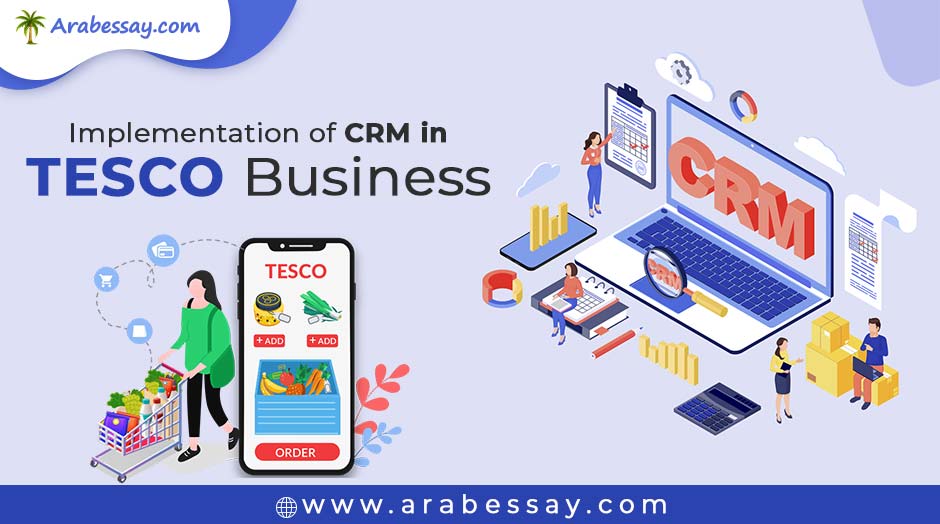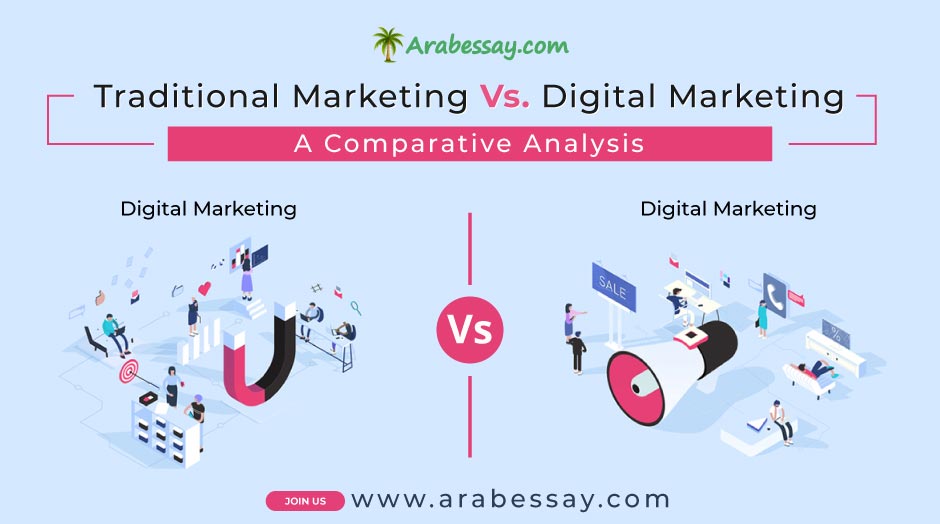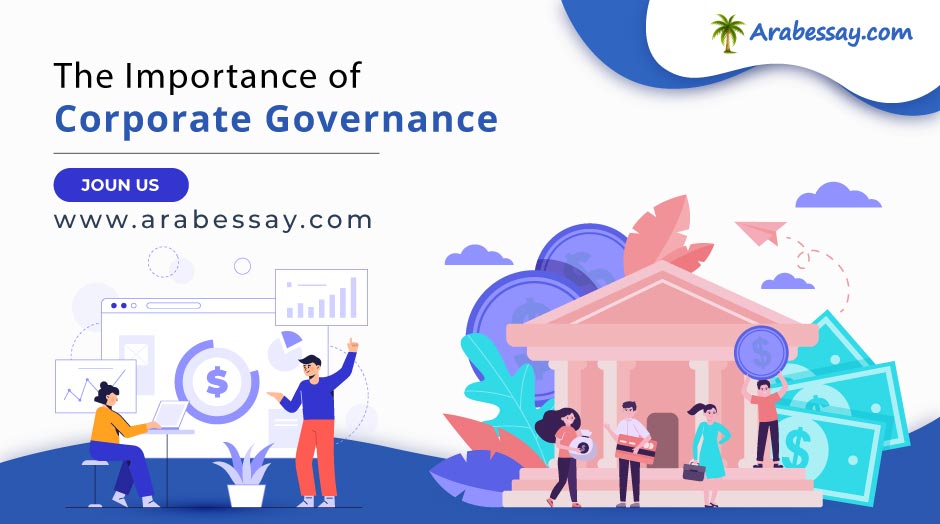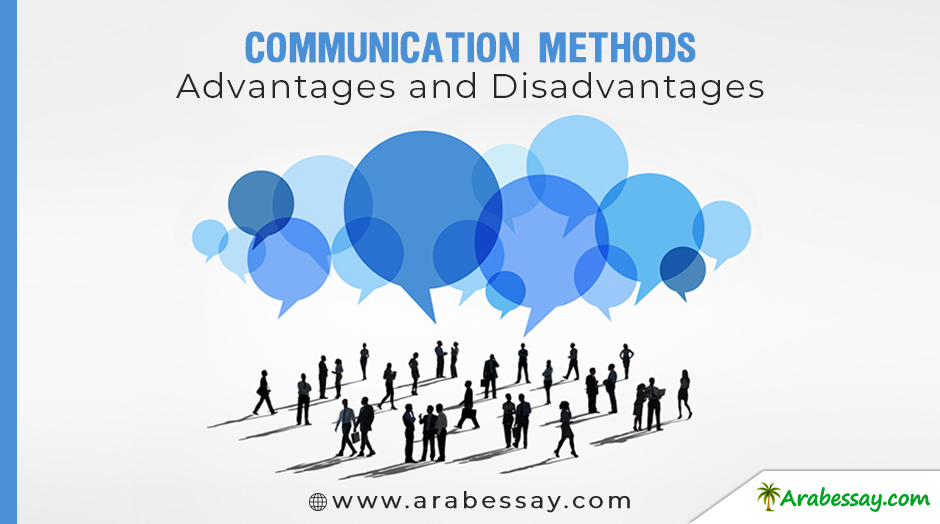Implementation Of CRM In Tesco Business

Introduction
The essay is going to discuss consumer relationship management in the organisation Tesco. However, consumer relationship management involves the technologies and approach to managing all the interactions and relationships of the organization with its customers. Be that as it may, Tesco Plc is one of British multinational merchandise and grocery retailing company and is headquartered at Welwyn Garden City, in England. However, it is signified as one of the global market leaders of the international retail sector. It is worth mentioning here that the consumer relationship management system in the organization Tesco helps it is in sales management, contact management and productivity management and so on. Be that as it may, the essay is going to portray the concept of consumer relationship management by enlightening the essential attributes of the same. In addition to that the implementation of customer relationship manager in Tesco enlightening the benefits of implementing consumer relationship management by Tesco.
The Concept Of Consumer Relationship Management
When it comes to discussing the customer relationship management system, it can be said that it involves the procedure of dealing with the interactions and communications with both the potential as well as the existing consumers. In addition to that, it is considered as one of the most significant approaches that would enable the company managing and analyzing all its interactions with all its potential, current and past consumers (Serra et al.2018, p.340). Be that as it may, consumer relationship management would help the business professionals in the multinational organizations like Tesco Plc identify the needs of its target audience by tracking feedback as well as managing the consumer service improvisations. In addition to that, the significant objectives of consumer relationship management involve simplifying the sales and marketing procedures along with making the consumer service activities even more effective and successful with providing better consumer services (Loonam et al.2018, p.554).
Turning to the consumer relationship management framework in Tesco Plc, it can be said that it includes the methodology of managing the cooperation and correspondences with both the potential just as the current buyers. Notwithstanding that it is considered as quite possibly the main methodologies that would empower the organization overseeing and dissecting every one of its communications with all its latent capacity, current and past purchasers (Parris et al.2016, p.90). In any case, shopper relationship with the board would help the business experts in the worldwide associations like Tesco Plc distinguish the necessities of its intended interest group with the following input just as dealing with the purchaser administration act of spontaneities. Notwithstanding assignment makers defined that the critical destinations of customer relationship the board includes rearranging the deals and showcasing methodology alongside making the shopper administration exercises considerably more compelling and effective with giving better purchaser administrations (Kumar and Reinartz, 2018, p.762).
The Essential Attributes Of Consumer Relationship Management:
Contact Management:
One of the significant features of the consumer relationship management system is contact management through storing the essential contact information like addresses, social media account details and name in a searchable centralised database. In addition to that whilst the customer relationship management software would offer the functionality of contact management, both the usability as well as layout must be taken under consideration. However, the professionals in Tesco Plc ensure the logical organisation and usability of the needful consumer data in the customer relationship management system (Duque et al.2018, p.788).
Tracking Of Interaction:
The consumer relationship management software is responsible for adding notes as well as tracking consumer interaction details and history in order to document these interactions with particular parameters. Be that as it may, the technology professionals in the global retailing organization Tesco Plc keep on comparing the solutions that would be shortlisted along with paying attention to the way, multiple times a prospect would end up changing hands since they continue moving through the sales funnel of the company. In addition to that, the professionals in this organization select the consumer relationship software which would allow all the essential parties involved in the interaction to collaborate (Chagas et al.2018, p.998).
Leading Management:
The consumer relationship management system is noticed to be responsible for managing the procedure associated with converting the prospects into the potential consumers or leads through scoring, moving and identifying the leads by means of the sales pipeline of the organization (Elfarmawi, 2019, p.89).
Document Management:
The consumer relationship management system is responsible for collecting, uploading, storing and sharing the significant and necessary documents as well as customer information in a centralised database management system resulting in making it easier for the business professionals in Tesco Plc to access the needful customer information more quickly (Gronwald, 2020, p.311). To know more get instant HRM Assignment Help for your assignment today.
The Implementation Of Consumer Relationship Management In Tesco:
It is analysed that organizations would sustain through exploring information assets to keep up client connections all the more proficiently and adequately, just as upgrade their administration quality (Loonam et al.2018, p.554). Be that as it may, customer relationship management is one of the effective administrations and advertising systems that help organizations increment their consumer loyalty, dependability and maintenance to assemble and oversee long haul connections. Subsequently, the motivation behind this exploration project is to quantify the impact of client relationship with the executives and its viability on purchaser conduct. The concerning factors in this undertaking that is going to impact the conduct of clients are deals, innovation, client administrations and consumer loyalty (Chagas et al.2020, p.104). Then again, these variables are the connection among customer relationship management and buyer conduct to comprehend the conduct in the retail business particularly TESCO Company and the way they are going to be impacted by these elements additionally what it can mean for the general insight for TESCO and its clients. In addition, when a client has an agreeable encounter, this help experience will change into another assistance assumption, thus the following experience will be contrasted with the past one. Consequently in Plagiarism free tuition assignments organizations should fulfill the needs and assumptions for clients to offer fulfilling types of assistance and improve the quality of service (Bai and Qin, 2016, p.87).
As organizations gained wider consumer bases, the prerequisite to deal with the connections among business and client turned into a test. In addition to that this analysis has incited the development of innovation to address this prerequisite through a client relationship with the executives’ framework. On the other hand, the customer relationship management framework in Tesco Plc at first began as a data set to sign in the contact data of clients and in the long run developed into a further developed administration device that improved business correspondence (Parris et al.2016, p.90). Be that as it may, the new advancement of consumer relationship management framework set up highlights that expanded the adaptability of following the expectation of the customers. In addition to that,online assignment help experts analysed that the capability of Tesco Plc of progressively nitty-gritty client records prompted developing interests in consumer relationship management. In any case, it is assessed that roughly 73% of the worldwide retailing associations including Tesco Plc have put resources into customer relationship management framework to modernize their business. However, some business chiefs do not have the conviction that a consumer relationship management framework could influence consumer loyalty and enhance the profitability of them (Ziliani and Ieva, 2016, p.1132).
Be that as it may, one of the most significant implementation strategies associated with consumer relationship management involve enhancement of product and service innovation. Therefore, it can be said that the customer relationship management framework utilization in Tesco continues offering the assessments for creating novel thoughts into important items. On the other hand, the upside of customer relationship management framework utilization gives information that is important to item advancement in order to build up the organization’s monetary advantage. It is needed to be notified in this particular discussion context that, in Tesco Plc the current investigation result may urge the professionals in this company to utilize the customer relationship management framework in their associations to help their administration (Elfarmawi, 2019, p.89). Apart from that, the customer relationship management framework permits the authority to build up their business practice by dealing with the relationship with their clients to help fulfil their requirements.
Be that as it may, the modern evaluation and assessment can add to the writing of Tesco Plc of thought on assorted business system and client assistance models, prompting higher client maintenance and benefit. In addition to that, the business organization Tesco Plc is as yet convinced to embrace CRM framework to make and deal with their relationship with the client (Duque et al.2018, p.788). Be that like it may, my assignment help derived the current investigation result may profit the clients since it offers data that assists purchasers with deciding their critical jobs in the business.Therefore, it is analysed that it enables the business professionals in Tesco generating concern for its consumers as the prime external stakeholders of the business and subsequently prompts the organization to build up effectual business interactions between them. Therefore, the company ends up acquiring increasing profitability, which originates from fulfilling customers (Chagas et al.2018, p.998).
The Benefits Of Consumer Relationship Management By Tesco
It is dissected that associations would support through analysing information analysis for keep up customer associations even more capably and satisfactorily, similarly to update their organization quality. Nevertheless, client relationship with the executives is one of the compelling organizations and promoting frameworks that help associations increase their shopper devotion, trustworthiness and support to gather and manage long stretch associations. Consequently, the inspiration driving this investigation project is to evaluate the effect of customer relationship on the heads and its reasonability on buyer lead. The concerning factors in this endeavor that will affect the direction of customers are bargains, advancement, customer organizations and purchaser unwaveringness (Ziliani and Ieva, 2016, p.1132). On the other hand, these factors are the association among client relationship the executives and purchaser lead to grasping the direct in the retail business especially TESCO Company and the manner in which they will be affected by these components furthermore how might affect the overall knowledge for TESCO and its customers. Furthermore, when a customer has a pleasant experience, this assistance experience will change into another help presumption, subsequently, the accompanying experience will have diverged from the previous one. Thus, associations ought to satisfy the necessities and presumptions for customers to offer satisfying kinds of help and improve the nature of administration (Gronwald, 2020, p.311). As associations acquired more extensive shopper bases, the essential to manage the associations among business and customer transformed into a test. Notwithstanding essay writing help defined this investigation has affected the advancement of development to address this essential through a customer relationship management structure. Then again, the client relationship the executive’s structure in Tesco Plc from the outset started as an informational collection to sign in the contact information of customers and over the long haul formed into a further evolved organization gadget that improved business correspondence. Nevertheless, the new headway of shopper relationship the board structure set up features that extended the versatility of following the assumption for the clients. Notwithstanding that it is dissected that the ability of Tesco Plc of logically bare essential customer records provoked creating interests in buyer relationship the board (Chagas et al.2020, p.104). Get to know more from coursework help online experts of ArabEssay team.
It can be said in this specific conversation setting that, in Tesco Plc the current exam result may encourage the experts in this organization to use the client relationship the board structure in their relationship to help their organization. Aside from that the client relationship the executive’s system grants power to develop their business practice by managing the relationship with their customers to help satisfy their necessities. In any case, the cutting-edge assessment and evaluation can add to the composition of Tesco Plc of thought on the grouped business framework and customer help models, inciting higher customer upkeep and advantage (Serra et al.2018, p.340). Notwithstanding that the business association Tesco Plc is at this point persuaded to accept the CRM system to make and manage their relationship with the customer. Be that as it might, the current exam result may benefit the customers since it offers information that helps buyers with choosing their basic positions in the business. In this way, it is investigated that it empowers the business experts in Tesco producing worry for its shoppers as the excellent outside partners of the business and therefore prompts the association to develop solid business collaborations between them (Kumar and Reinartz, 2018, p.762).
Conclusion
At the end of this essay, it is concluded that consumer relationship management would help the business professionals in the multinational organizations like Tesco Plc identify the needs of its target audience by tracking feedback as well as managing the consumer service improvisations. Be that as it may, the technology professionals in the global retailing organization Tesco Plc keep on comparing the solutions that would be shortlisted along with paying attention to the way, multiple times a prospect would end up changing hands since they continue moving through the sales funnel of the company. In addition to that, the significant objectives of consumer relationship management involve simplifying the sales and marketing procedures along with making the consumer service activities even more effective and successful in providing better consumer services. Then again, the client relationship the executive’s structure in Tesco Plc from the outset started as an informational collection to sign in the contact information of customers and over the long haul formed into a further evolved organization system that improved business collaboration.
References
Bai, F. and Qin, Y., 2016. The implementation of relationship marketing and CRM: How to become a customer-focused organization. Journal of Business & Economic Policy, 3(2), pp.112-124.
Chagas, B.N.R., Viana, J.A.N., Reinhold, O., Lobato, F., Jacob, A.F. and Alt, R., 2018, December. Current Applications of Machine Learning Techniques in CRM: A Literature Review and Practical Implications. In 2018 IEEE/WIC/ACM International Conference on Web Intelligence (WI) (pp. 452-458). IEEE.
Chagas, B.N., Viana, J., Reinhold, O., Lobato, F.M., Jacob Jr, A.F. and Alt, R., 2020. A literature review of the current applications of machine learning and their practical implications. In Web Intelligence (No. Preprint, pp. 1-15). IOS Press.
Duque, J., Varajão, J. and Filipe, V., 2018, June. Success factors of the implementation of CRM systems—A literature review. In 2018 13th Iberian Conference on Information Systems and Technologies (CISTI) (pp. 1-7). IEEE.
Elfarmawi, W., 2019. Correlation between customer relationship management system usage, product innovation, and customer satisfaction. Foundations of Management, 11(1), pp.23-32.
Gronwald, K.D., 2020. Integrated Business Information Systems. Springer Berlin Heidelberg.
Kumar, V. and Reinartz, W., 2018. Impact of CRM on marketing channels. In Customer Relationship Management (pp. 237-264). Springer, Berlin, Heidelberg.
Loonam, J., Eaves, S., Kumar, V. and Parry, G., 2018. Towards digital transformation: Lessons learned from traditional organizations. Strategic Change, 27(2), pp.101-109.
Nibsaiya, S., A Study On CRM And Relationship With Customer Satisfaction Towards Reliance Digital.
Parris, D.L., Bouchet, A., Peachey, J.W. and Arnold, D., 2016. Change is hard: Overcoming barriers to service innovation. Journal of Services Marketing.
Serra, K.L.O., Matos, A. and Lewis, C., 2018. CRM Profile of SMEs in Puerto Rico and Readiness for Disruptive Events. In ICSB World Conference Proceedings (pp. 1-8). International Council for Small Business (ICSB). Ziliani, C. and Ieva, M., 2016. Customer Relationship Management in a Digital World: Profiling Best in Class Companies. Management in a Digital World. Decisions, Production, Communic

















